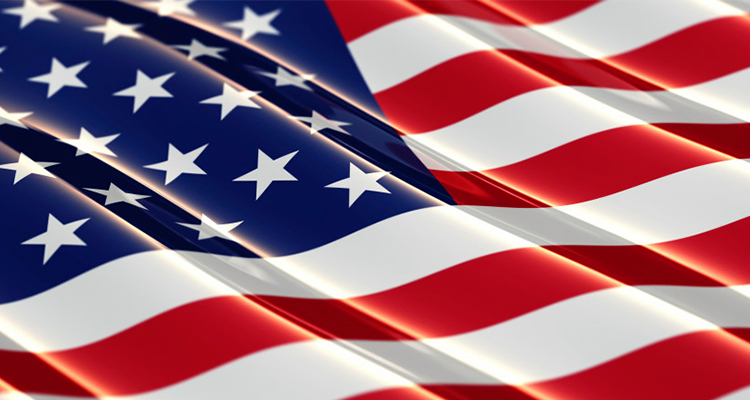Editor’s Note: Yes, we know today is Thursday. But our readers will hopefully be home tomorrow celebrating Independence Day instead of reading blog posts, so we offer this a day early. Happy 4th!
This holiday week, as a Boston-area native and direct descendant to John Adams, I considered how our forefathers fueled our nation’s burgeoning freedom. Public Relations was essential to the American Revolution. Many leaders who fill the very first pages of our history books launched campaigns that kept the underdog rebellion afloat. These leaders recognized the power of public opinion and aimed varied campaigns at a common goal. The public relations efforts of these men set the Revolution in motion.
Benjamin Franklin
Among other endeavors, taskmaster Ben Franklin wrote, edited and published the most widely read newspaper of his day. The Pennsylvania Gazette reached every colony carrying an element essential to PR: advertisements. The Gazette advertised everyday household items like soap and books. Franklin also used the newspaper as a platform to promote his inventions such as the potbelly stove. Leading up to the Revolution, Ben Franklin’s news experience proved vital to the rebellion. Franklin was best at getting the rebel’s side of the story to England. His boat captain deserves some credit here also; it only took him two weeks to bring news to Great Britain. Franklin’s rapid broadcast gave the revolutionaries power through positive public opinion that they desperately needed.
Thomas Paine
Paine’s pamphlet Common Sense was a hit right off the press. The serial booklet reached thousands at a crucial time when people were unsure whether to fight for independence or remain loyal to the Crown. Paine argued for independence in the equivalent of a viral blog series. His style captured the masses. His key was to write each series as a sermon. The accessible style appealed to the common people and empowered even those who didn’t read well. Thomas Paine’s goal was to affect as many people as possible. The result was a booklet so influential that John Adams said, “Without the pen of the author of Common Sense, the sword of Washington would have been raised in vain.”
Paul Revere
Paul Revere truly reached the public. Rather than influencing public opinion, Revere’s mission was to deliver a message to the people. He famously achieved this in the most literal sense. Upon receiving his signal, Paul Revere set out from the bank of the Charles River on horseback to shout up and down at the whole of Middlesex County in the middle of the night. Although not as thrilling, thankfully today we can reach the public with an emailed press release from the comfort of uncomfortable office chairs, and not ride 18 miles on horseback to do so.
Samuel Adams
Samuel Adams was chief strategist of communications and “Father of the Revolution”. He engaged all media possible in his campaign because he saw the value in persuading the public. Adams started using familiar symbols (read: logos) like the Liberty Tree to rally emotion. He staged events like the Boston Tea Party to influence the public. If a situation took place with the slightest tension in the air, Adams was there, because he planned it, or to ensure that the rebel angle was reported first. He is the reason we know “The Boston Massacre”. His slogans resonate throughout history classrooms: “taxation without representation is tyranny”, and “put your enemy in the wrong and keep him so”. Sound familiar? The Bostonian was also known to walk the streets of town because he believed personal interaction was the best way to reach the people. Samuel Adams had every angle of PR figured out. I would hire him. He worked hard, with integrity and true passion for his purpose. It paid off, and Adams finally saw the success of his labor. As smoke rose from the “shot heard round the world” in Lexington, Adams rode away in Hancock’s carriage and shouted “Oh! What a glorious morning this is!”
Our Founding Fathers risked their lives, liberties and fortunes to birth a new nation. This week we pay tribute to their foresight and the commitment they made to changing the world. As modern communicators whose very work is protected under the First Amendment they espoused and fought for, it is gratifying to see how their use of original content, mass media, fast communications and community engagement still resonate in our profession today.
